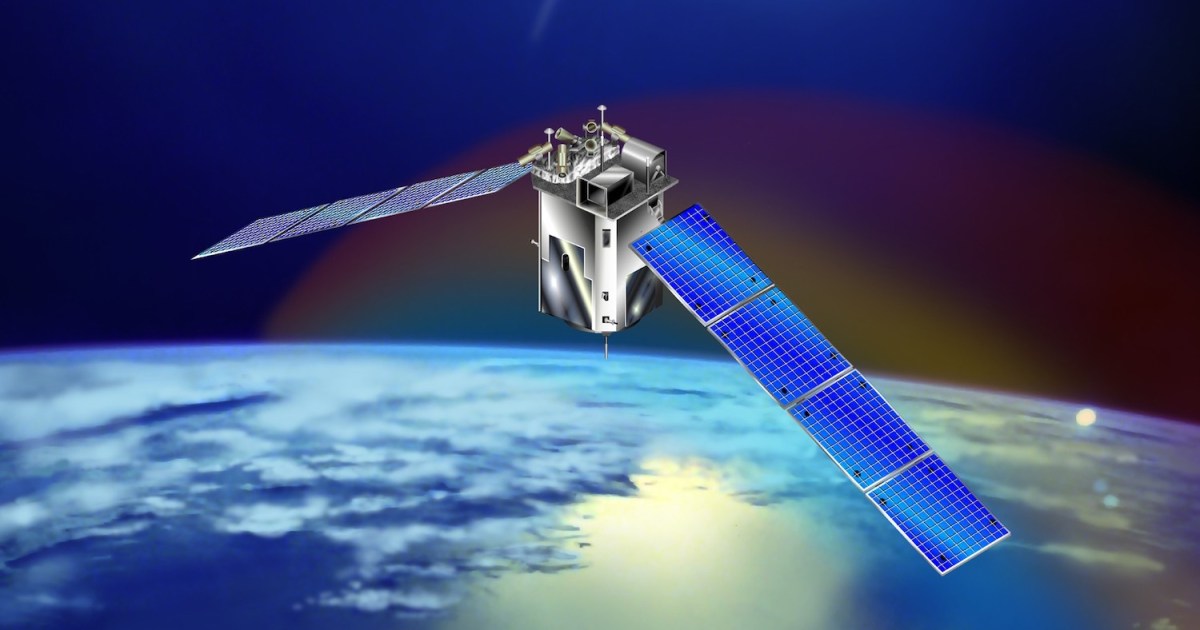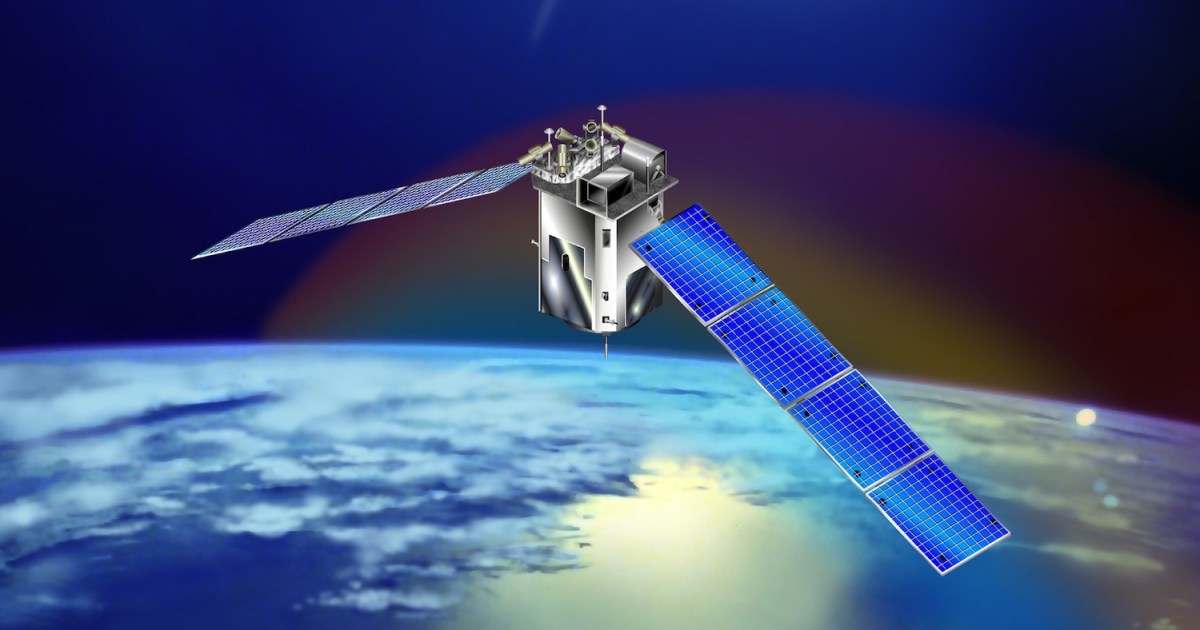
There’s already enough hazardous debris in orbit but on Wednesday an incident occurred that almost created a whole lot more.
It involved NASA’s operational TIMED satellite and the defunct Russian Cosmos 2221 satellite, which came alarmingly close to colliding about 378 miles (608 kilometers) above Earth.
The two large chunks of non-maneuverable metal came within just 20 meters of each other in a high-speed pass that U.S.-based satellite-tracking company LeoLabs described as “too close for comfort.”
LeoLabs said the that had the two satellites crashed into each other, the resulting debris would’ve created “an increased collision risk on a large portion of low-Earth orbit but especially on nearby lower orbits used by large constellations and human spaceflight.” In other words, the International Space Station and China’s space station, as well as constellations like SpaceX’s Starlink satellites, would’ve faced a real threat from the resulting debris.
Paul Byrne, associate professor of earth, environmental, and planetary science at Washington University in St. Louis, said in a post on social media, “We just got lucky … Had they collided, the amount of debris in low-Earth orbit could have increased by 50%. Instantaneously.” That means up to 7,500 new fragments of space debris.
But according to LeoLabs’ calculations, the figure would only have been that high if the two objects had smashed directly into each other. More likely, it said, was that one of the object’s solar arrays would’ve clipped the other object’s main body. “In that case, one object would’ve been destroyed and the other would’ve been damaged,” creating up to 2,500 pieces of hazardous debris that would still have caused problems for other satellites.
NASA commented that although the two non-maneuverable satellites will approach each other again, “this was their closest pass in the current predicted orbit determinations, as they are gradually moving apart in altitude.”
Wednesday’s near-collision event is the latest reminder of the serious problem of space junk in low-Earth orbit. A number of companies are developing ways to clear up the debris, which mostly comprises defunct satellites, spent rocket parts, and collision debris, but progress has been slow.
NASA’s TIMED (short for Thermosphere Ionosphere Mesosphere Energetics and Dynamics) mission launched in 2001 and studies the influence of the sun and of human activity on Earth’s mesosphere and lower thermosphere/ionosphere, while the Russian Cosmos 2221 defense satellite launched in 1992.
Editors’ Recommendations
Services Marketplace – Listings, Bookings & Reviews
